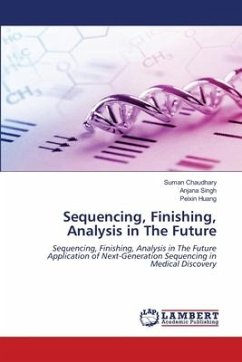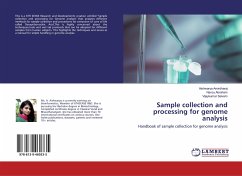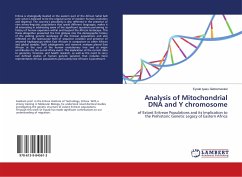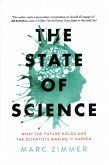Over the past few years, next-generation DNA sequencing has emerged as a new and powerful technology allowing a much more comprehensive view of biological systems at the genetic level and thus more medical discoveries. Not long ago, the Sanger method for DNA sequencing, considered as first-generation DNA sequencing, was the workhorse in the completion of the human genome project. The Sanger method was often the best choice for de novo sequencing, resequencing, genotyping, and fragment analysis. However, the high cost and low speed of the Sanger method presented a hurdle to sequence large numbers of bases as needed in the era of personalized medicine. To address these drawbacks, many companies and researchers have successfully developed "next-generation DNA sequencing" methods, i.e., any new sequencing method with lower cost and higher speed that is not based on the Sanger method. This chapter will first introduce next generation DNA sequencing technology and then synopsize its application into medical discoveries. The objective of this chapter is to pitch readers to be acquainted with next generation DNA sequencing technology.








